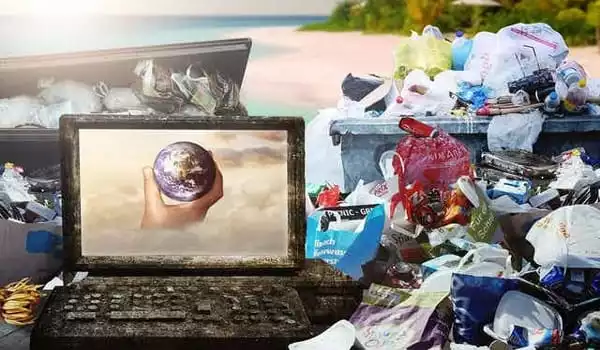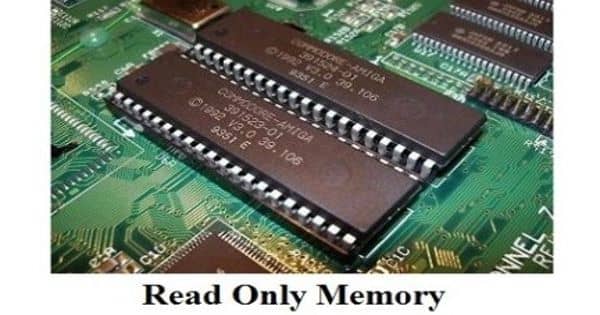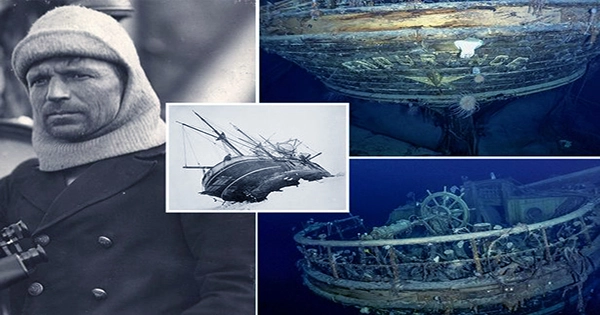Plastics found in electronic waste (e-waste) are rarely recycled due to their complex composition and hazardous additives, but researchers at Nanyang Technological University, Singapore (NTU Singapore) have found a new use for them by repurposing them as an alternative to plastics used in the laboratory cell culture containers, such as Petri dishes.
The NTU Singapore-CEA Alliance for Research in Circular Economy (SCARCE) team repurposed the e-waste plastics, sterilizing them only before using them in lab experiments. The researchers discovered that after a week, over 95% of the human stem cells seeded on plastic scavenged from discarded computer components remained healthy, a result comparable to cells grown on conventional cell culture plates.
These findings, described in a study published online in the scientific journal Science of the Total Environment, point to a potential new sustainable use for e-waste plastics, which account for approximately 20% of the 50 million tonnes of e-waste produced globally each year.
According to the NTU research team, repurposing them for cell culture in the lab would not only allow maximum value to be recovered from e-waste plastics but would also help to reduce the amount of plastic waste generated by biomedical research. According to a 2015 study, 5.5 million tonnes of lab-related plastic waste, including cell culture dishes, are generated globally each year.
If e-waste plastics are not properly disposed of, hazardous components may be released into the environment. Surprisingly, we discovered that certain e-waste plastics could successfully maintain cell growth, making them potential alternatives to the cell culture plastics currently used in labs.
Assistant Professor Dalton Tay
These new findings build on a previous study conducted by the same NTU team in 2020, which investigated the effect of e-waste plastics on six different human cell types and discovered healthy cell growth despite the hazardous elements found in e-waste plastics. These findings prompted the research team to repurpose e-waste plastic scraps for use in advanced cell culture applications.
This interdisciplinary study was led by Assistant Professor Dalton Tay of the NTU School of Materials Science and Engineering and School of Biological Sciences “If e-waste plastics are not properly disposed of, hazardous components may be released into the environment. Surprisingly, we discovered that certain e-waste plastics could successfully maintain cell growth, making them potential alternatives to the cell culture plastics currently used in labs.”
“Repurposing them for immediate use rather than recycling them allows for an immediate extension of the life of e-waste plastics while reducing the environmental pollution. Our strategy is consistent with the zero-waste hierarchy framework, which prioritizes reuse via materials science and engineering innovation.”
Professor Seeram Ramakrishna, Board Member of the Plastics Recycling Association of Singapore and Chairman of the Plastics Recycling Center of Excellence, expressed an independent viewpoint: “With plastic being such an important component in our manufacturing and logistical processes, we are in desperate need of long-term solutions to plastic waste in order to reduce its environmental and social costs. Innovative solutions, such as the one developed by Asst Prof Tay and his team to repurpose e-waste plastic, could help to address the world’s ubiquitous plastic waste problem and move us closer to plastic circularity.”

The NTU scientists’ waste-to-treasure research aligns with the NTU 2025 vision and the University’s Sustainability Manifesto, both of which aim to develop sustainable solutions to some of humanity’s most pressing grand challenges.
E-waste plastics encourage healthy cell growth
The NTU team used plastic scavenged from e-waste collected by a local waste recycling facility for this study. Three different types of e-waste plastic were chosen for their different surface characteristics: the keyboard pushbuttons and diffuser sheet obtained from LCDs have a relatively flat and smooth surface, while the prism sheet, also obtained from LCDs, has highly aligned ridges.
The NTU team seeded stem cells onto 1.1cm-wide circular discs of sterile e-waste plastics to test the viability of using e-waste plastics for cell cultures. A week later, the scientists discovered that more than 95% of the live and healthy stem cells seeded on the e-plastics had survived – a result comparable to the experimental control of stem cells grown on commercially available polystyrene cell culture plates.
The stem cells that grew on the e-waste plastics also retained their ability to differentiate, which is the process by which stem cells become specialized cells with a more specific function, such as blood cells, brain cells, heart muscle cells, or bone cells.
E-waste plastic surface features affect stem cell growth
Under the right conditions, stem cells can differentiate in the body or in the lab. The addition of a medium that ‘nudges’ the stem cells in a specific direction is one way to speed up this process in the lab.
The NTU team added two types of medium in equal amounts to cells cultured on e-waste plastic and polystyrene cell culture plates to investigate the effect of e-waste plastic on stem cell differentiation. One type encourages stem cells to become fat cells, while the other encourages stem cells to become bone cells.
After two weeks, a higher proportion of stem cells cultured on e-waste plastics successfully differentiated than those cultured on a conventional polystyrene cell culture plate. The researchers also discovered that stem cells cultured on keyboard plastic and diffuser sheet were more likely to develop into bone cells, whereas stem cells cultured on prism sheet with ridges were more likely to develop into fat cells.
Assistant Professor Tay stated: “We use advanced techniques to engineer surfaces and study how they influence stem cell differentiation in tissue engineering. We have now demonstrated that e-waste plastics are a ready source of such microstructures, allowing us to further investigate how stem cell development can be directed – the ‘holy grail’ of regenerative medicine and, more recently, lab-grown meat. These e-waste plastic scraps contain important biomaterials and scaffold design rules, as well as lessons.”
In the future, the NTU team hopes to develop more resource-efficient remanufacturing processes for upcycling e-waste plastics, which will support other high-value biotechnological applications. According to the scientists, this would help to promote sustainable research practices and innovative waste-to-resource solutions for industry.
















